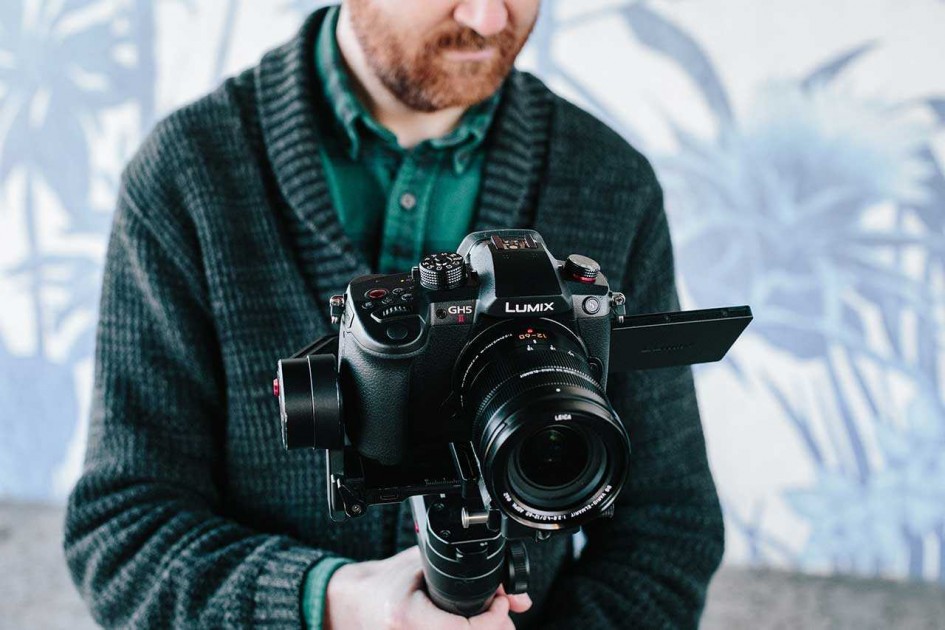Introduction
The Sigma fp L is the world’s smallest mirrorless camera with a 35mm full-frame image sensor.
At its heart is a back-illuminated Bayer CMOS sensor with 61 effective megapixels, housed in a rugged, fully weather-proof, die-cast aluminum alloy body that weighs just 375g (5g more than the original fp model).
It incorporates a large-size heat sink to help prevent the camera from overheating at higher temperatures or during sustained use.
Instead of a traditional mechanical shutter, the Sigma fp L has an electronic shutter for quieter shooting without shutter shock.
The Sigma fp L offers 12-bit CinemaDNG external recording at 4K UHD/24fps quality, plus 10- or 8-bit 4K UHD at 24/25/30fps in the MOV format.
The Sigma fp L can burst shoot continuously at 10fps, has a top shutter speed of 1/8000th second, a 3.15-inch 3:2 LCD touchscreen with a resolution of 2,100K dots, a brand new hybrid phase-detect and contrast-based auto-focus system with 49 points and Face/Eye Detection AF function, and 14-bit RAW format support.
It offers 15 different color modes for both stills and video including the new Powder Blue and Duotone modes, a new Crop Zoom function which digitally zooms into the image as you shoot, a tone curve adjustment function, an Auto HDR function, and a new USB charging option whilst the camera is in use.
As an L-Mount camera, the Sigma fp L can be used with the various L-Mount lenses that are offered by Leica, Panasonic, and Sigma themselves.
The Sigma fp L is available now priced at £1999 / $2499 body only.
It is also available in a kit with the new EVF-11 Electronic Viewfinder priced at £2449 / $2999.
Note that the new fp L doesn’t replace the original 24 megapixel fp model, which will continue to be sold alongside its more expensive sibling.
Ease of Use
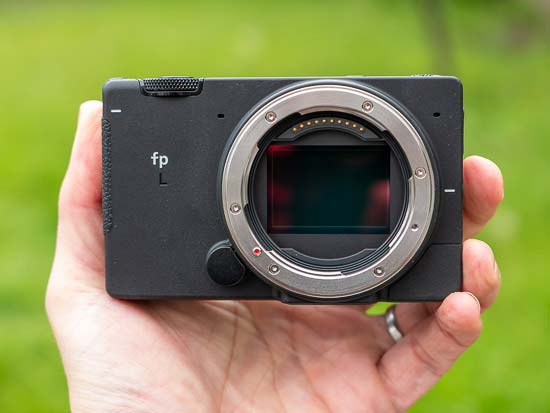 |
The new Sigma fp L is externally identical to the original Sigma fp model that we reviewed at the end of 2019.
The only two very minor visual differences between the cameras are a black, embossed “L” stamped on the front panel beneath the “fp” logo, and a different name in tiny writing on the printed label on the bottom of the camera. They really are like two peas in the proverbial pod.
All of the changes that Sigma have decided to make to the fp L are internal. They are:
- 61 megapixel sensor with low-pass filter
- Hybrid autofocus system
- 10fps burst shooting
- Crop Zoom function
- Different ISO base values
- Powder Blue and Duotone color modes
- USB charging
- Ability to save custom camera settings as a QR code
- Compatible with new EVF-1I external viewfinder
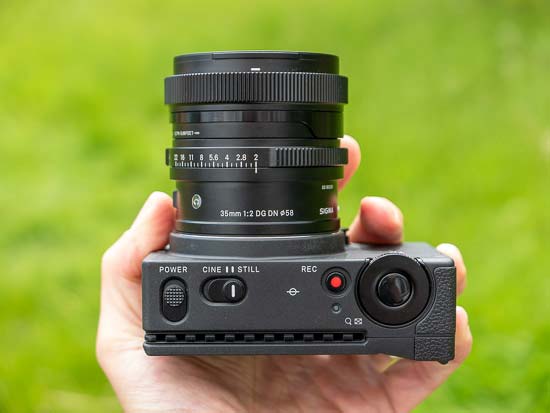 |
By far the biggest changes to the fp L, compared to the original fp, are the new image sensor and the auto-focus system, so we’ll spend most of our time in this review talking about those features.
Before we do that, we’d encourage you to head over and read the corresponding Ease of Use section in our Sigma fp review, as virtually all of the information contained there applies equally to the new fp . Then come back here to read more about the fp L’s new features and what they add from a handling and functionality point of view.
The Sigma fp L is the second ever Sigma camera not to use a Foveon sensor, a technology that Sigma actually owns. Instead the fp L utilises a traditional Bayer sensor, in this case a 61 megapixel back-illuminated variant, which provides a massive amount of resolution compared to the 24 megapixel sensor used in the original fp.
The other change that Sigma have made to the fp L’s sensor is to add a low-pass filter to help reduce aliasing and moiré. The 24 megapixel sensor used in the fp camera does not have a low-pass filter to help maximise sharpness instead.
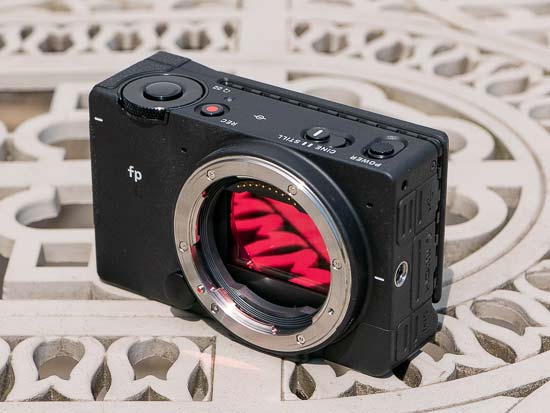 |
Both of these changes are likely to attract a brand new audience to the Sigma fp series. Whereas the original model was clearly mainly targeted at videographers, the new 61 megapixel sensor inside the fp L will instantly turn the heads of landscape and studio photographers looking for the ultimate in resolution.
The Sony A7R IV is the only other full-frame mirrorless camera in the same league as the fp L, because Sigma have almost certainly used exactly the same 61mp sensor from the A7R IV inside this new offering.
The new sensor has caused the dual base ISO values of the fp L to change slightly when compared with the fp.
When shooting stills, on the fp L the base values are ISO 100 and 400, and on the fp they are ISO 100 and 640.
When shooting video, on the fp L the base values are ISO 100 and 250, and on the fp they remain at ISO 100 and 640.
The one video exception is recording record 12-bit RAW via the HDMI port, when the base values on the fp L are ISO 100 and 1250, compared to ISO 100 and 3200 on the fp.
 |
Just as important as the new image sensor is the fact that now the Sigma fp L uses a hybrid phase-detect and contrast-based auto-focus system
It still has exactly the same 49 points and Face/Eye Detection AF function as the original fp, but the addition of phase-detect pixels makes it noticeably quickly and more reliable in practice than the contrast-detect-only system on the fp.
One of the main criticisms that we made in our Sigma fp review was about the slow and often inaccurate auto-focusing, so it’s great to see that Sigma have taken this kind of feedback onboard and done something positive about it.
While the move to a 61mp sensor with phase-detect pixels has significantly increase the resolution and vastly improved the AF system, it has somewhat inevitably slowed the camera down somewhat when it comes to burst shooting.
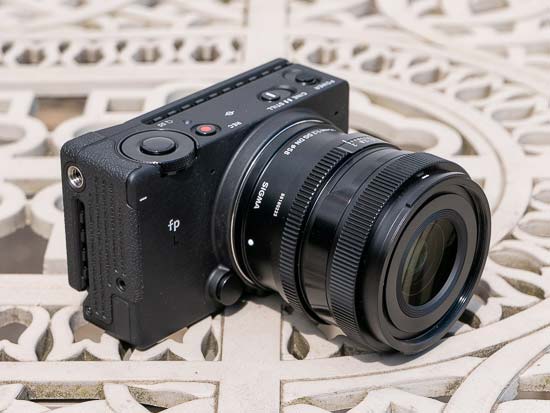 |
Whereas the original fp camera could shoot at 18fps, this new model is only capable of 10fps, although that’s still more than acceptable given the huge resolution that it offers.
What is perhaps less acceptable for real-world use is that both cameras suffer massively from only having a tiny buffer which can only record 12 shots in a single burst, rather negating the actual speed at which they can shoot.
The fourth and more happy consequence of the new image sensor is the brand new Crop Zoom function, which isn’t available on the standard fp model.
As its name suggests, this allows you to apply an in-camera crop for both stills and video that allows you to choose a variety of options up to 5x (1x, 1.53x, 2x, 2.5x and 5x).
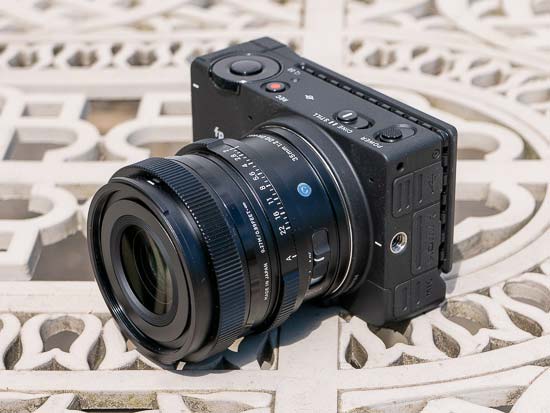 |
The camera isn’t doing anything more sophisticated than cropping into the sensor to provide a narrower field of view – there is no digital interpolation going on – so you could achieve the same thing in post-processing.
Some people may like that fact that you can obviously preview the crop in-camera, though, and therefore be more precise when you’re actually taking the shot.
Rather confusingly, the Crop Zoom function values shown in the main menu system are different to how they’re represented on the Quick menu screen – in the latter Sigma have chosen to use 9.5K, 6.2K, 4.8K, UHD and FHD as the five options, even if you’re shooting in the Stills mode rather than the Video mode.
You can use the Crop Zoom function in two ways – the most intuitive way is to pinch to zoom on the LCD touch screen which allow allows you to select any zoom setting, or you can select one of the five preset options using the control dial or rear control wheel.
 |
Sigma have added Powder Blue and Duotone to their range of Color Modes, bringing the number up to 15 in total. Powder Blue has a bright and clear feel with a blue tint, while Duotone creates a striking two-color image. All of the Color Modes can be used for both stills and video.
Original Sigma fp owners will be pleased to know that these two new colour modes are scheduled to be made available via a future firmware update.
The only hardware change that Sigma have made to the fp L is the addition of USB charging whilst the camera is being used, so in effect it offers an essentially unlimited power supply.
This is useful when using the camera as an admittedly rather pricey webcam or perhaps more realistically when connecting it to an external powerbank or other source so that you can shoot out on location without having to worry about the battery running out.
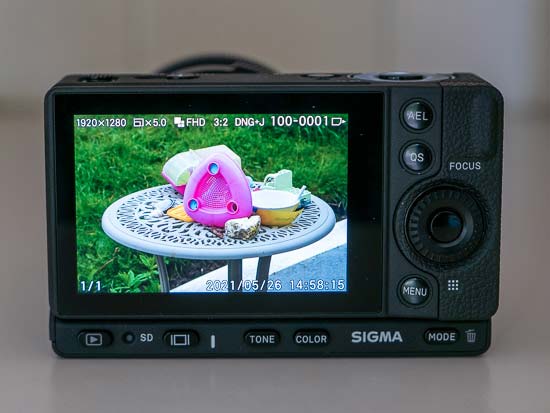 |
The Sigma fp L somewhat uniquely offers the ability to save custom camera settings as a QR code so that you can either replicate the settings on a second/additional fp L units or share them with other users.
Although perhaps a rather niche feature in the grand scheme of things, we’re currently unaware of any other camera that lets you do this via a QR code (let us know if we’re wrong!).
The final new feature that has been added to the fp L is a significant one for many users, one that hasn’t been made by actually changing the camera itself, and also one that directly benefits the original fp model too.
This is the introduction of the new EVF-1I external viewfinder, which was launched at the same time as the fp L and for many people will be just as interesting or even more so than the fp L itself.
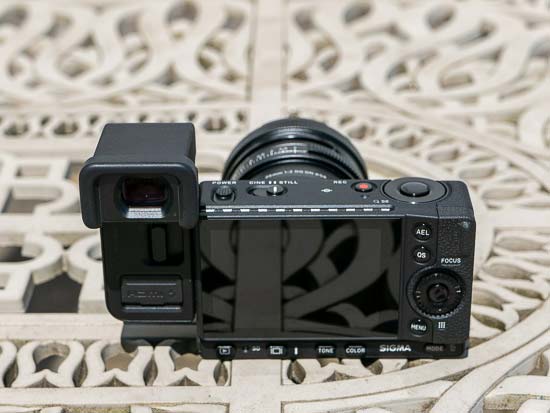 |
Traditionally, external EVFs have always been designed to fit into the camera’s flash/accessory hotshoe,but as the Sigma fp and the fp L don’t have a hotshoe, Sigma have had to think outside of the box to provide one.
So the EVF-11 has been very cleverly designed to directly attach to the left-hand side (viewed from the rear) of the fp/fp L body in three different places – via its HDMI port, USB-C port and one of its 1/4-inch screw threads – with the actual EVF unit effectively sitting above the top of the camera, turning it into a kind of mini-rangefinder.
It even has a 90-degree upwards articulating design that allows it to be used at waist level – simply grab the top of the EVF and pull it up as far as it will go.
Furthermore, the EVF-II even manages to add a “missing” feature to the fp, namely a 3.5mm stereo mini jack on the side of the unit which allows you to monitor audio during video recording using headphones, along with a USB-C output marked with “SSD” for recording to an external SSD drive (note that it only works with an SSD drive).
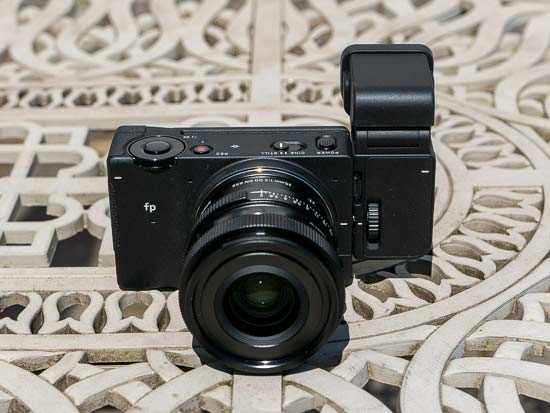 |
It’s also supplied in its own smartly designed carry case complete with interchangeable eye-cup.
The 0.5-inch EVF has is very good, offering the OLED panel offering a resolution of 3.68 million dots, a large magnification of 0.83x, eye point set at 21mm, and a wide diopter adjustment range of −4.0 to +3.0 dpt.
This all sounds great, but there are a few drawbacks to the new EVF-11.
Firstly, it’s a bit of a pain to fit, due to having to insert it into three places at once and simultaneously rotate the locking dial on the front to screw it into the side of the camera. Although you get used to doing it after a while, it isn’t something that we’d really advise doing too often or if you’re in a hurry.
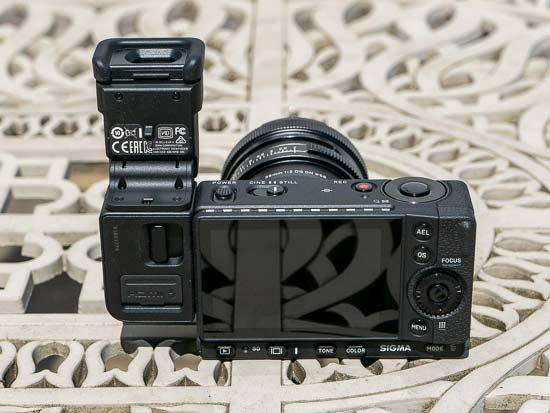 |
Secondly, at 114 g / 4.0 oz. and measuring 44.6 x 91.7 x 56.1mm, fitting it adds quite a lot of weight and bulk to what is after all a very small camera. We wouldn’t go quite as far as saying that it looks out of place, but it definitely fits into the incongruous category.
And then we finally get to the price, which is pretty eye-watering as far as EVFs go. There’s a lot of tech stuffed inside the cleverly thought-out design, but £450 / $500 is a lot to pay in anyone’s money – it’s costs roughly 20% of the price of the fp L camera itself.
Whilst some current fp and would-be fp L owners will be delighted by the long-awaited option of an external viewfinder, the fitting issues, size and price of the EVF-11 will inevitably put many people off.
That concludes our tour of all the new features and technology that Sigma have introduced in the fp L. The new sensor is undoubtedly the star of the show, while the EVF promises a lot on paper but turns out to be a less clear-cut success out in the real world.
Image Quality
All of the sample images in this review were taken using the 61 megapixel Fine JPEG setting, which produces an average image size of around 30Mb.
The Sony A7R IV has an extensive and very usable ISO range of 50-102,400. ISO 50-6400 is virtually noise-free, while ISO 12800 and 25600 produce more than acceptable results, and even ISO 51200 and 102400 are OK for emergency use.
The RAW samples illustrate just how much processing the camera does by default, as they’re much noisier at all ISO values than their JPEG counterparts, with fewer unwanted colour artifacts.
The night photograph was excellent, with the maximum shutter speed of 30 seconds and the Bulb mode offering lots of scope for creative night photography.
The 15 different color modes quickly allow you to stylise both your stills and cine footage in-camera.
The HDR mode only works for JPEGs, though, and proved to be a bit too aggressive for our liking.
The new Crop Zoom function provides an easy way to apply an in-camera crop for both stills and video that doesn’t degrade the image.
Noise
There are 15 full ISO settings available on the Sigma fp L for both JPEGs and RAW files. Here are some 100% crops which show the noise levels for each ISO setting, with JPEG on the left and RAW on the right.
|
JPEG |
RAW |
|
ISO 6 (100% Crop) |
ISO 6 (100% Crop) |
 |
 |
|
ISO 12 (100% Crop) |
ISO 12 (100% Crop) |
 |
 |
|
ISO 25 (100% Crop) |
ISO 25 (100% Crop) |
 |
 |
|
ISO 50 (100% Crop) |
ISO 50 (100% Crop) |
 |
 |
|
ISO 100 (100% Crop) |
ISO 100 (100% Crop) |
 |
 |
|
ISO 200 (100% Crop) |
ISO 200 (100% Crop) |
 |
 |
|
ISO 400 (100% Crop) |
ISO 400 (100% Crop) |
 |
 |
|
ISO 800 (100% Crop) |
ISO 800 (100% Crop) |
 |
 |
|
ISO 1600 (100% Crop) |
ISO 1600 (100% Crop) |
 |
 |
|
ISO 3200 (100% Crop) |
ISO 3200 (100% Crop) |
 |
 |
|
ISO 6400 (100% Crop) |
ISO 6400 (100% Crop) |
 |
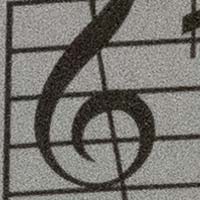 |
|
ISO 12800 (100% Crop) |
ISO 12800 (100% Crop) |
 |
 |
|
ISO 25600 (100% Crop) |
ISO 25600 (100% Crop) |
 |
 |
|
ISO 51200 (100% Crop) |
ISO 51200 (100% Crop) |
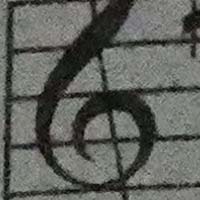 |
 |
|
ISO 102400 (100% Crop) |
ISO 102400 (100% Crop) |
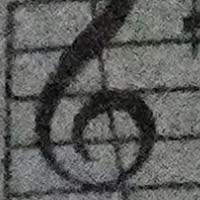 |
 |
File Quality
The Sigma fp L has 3 different JPEG image quality settings available, with Fine being the highest quality option. Here are some 100% crops which show the quality of the various options, with the file size shown in brackets.
| Fine (28.4Mb) (100% Crop) | Normal (18.5Mb) (100% Crop) |
 |
 |
| Basic (15.9Mb) (100% Crop) | RAW (84.2Mb) (100% Crop) |
 |
 |
Color Modes
The Sigma fp L offers 15 different color mode presets for both stills and video, accessed via the dedicated Color button on the rear of the camera.
|
Standard |
 |
|
Vivid |
 |
|
Neutral |
 |
|
Portrait |
 |
|
Landscape |
 |
|
Cinema |
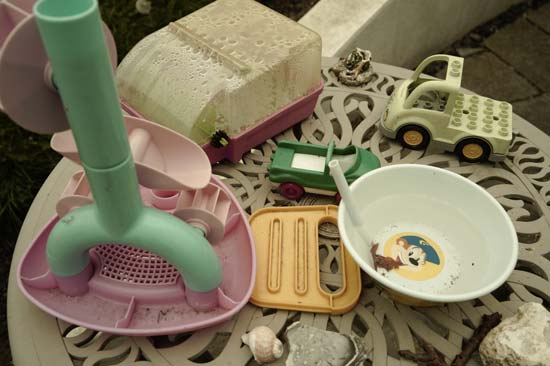 |
|
Teal and Orange |
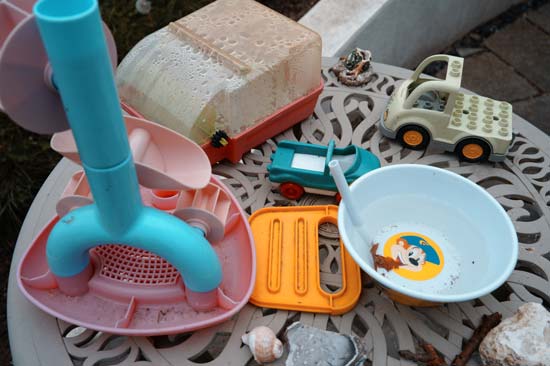 |
|
Sunset Red |
 |
|
Forest Green |
 |
|
Powder Blue |
 |
|
FOV Classic Blue |
 |
|
FOV Classic Yellow |
 |
|
Duotone |
 |
|
Monochrome |
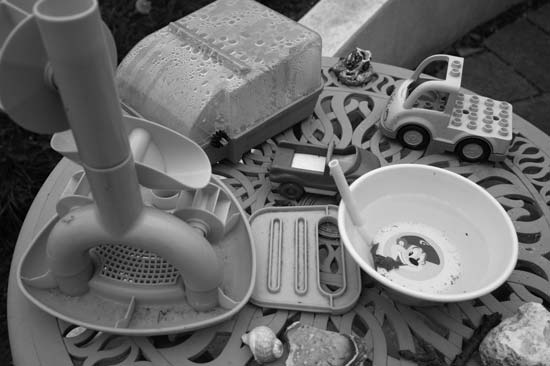 |
|
Off |
 |
Crop Zoom
The Crop Zoom function allows you to apply an in-camera crop for both stills and video that allows you to choose a variety of options up to 5x.
High Dynamic Range
The Sigma fp L offers a pretty aggressive HDR mode, which is only available when RAW is not selected as the file quality option.
|
Off |
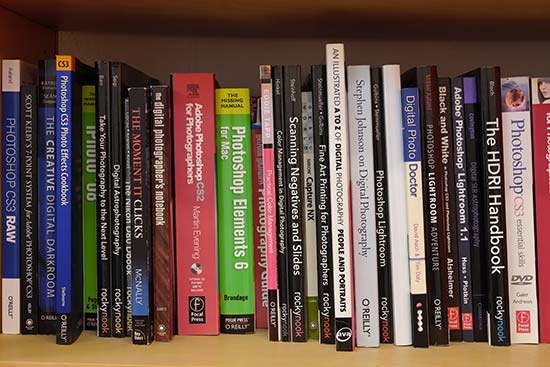 |
|
Auto |
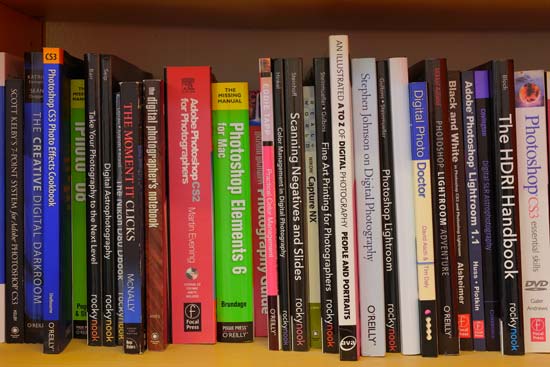 |
|
+1 EV |
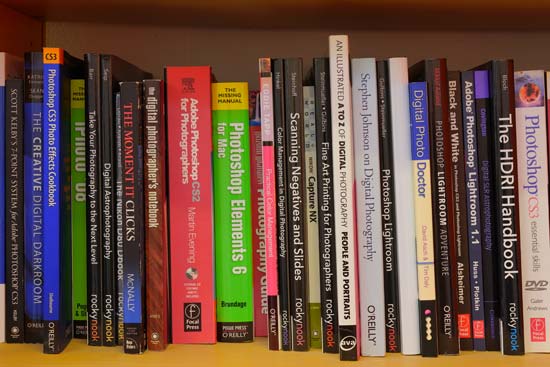 |
|
+2 EV |
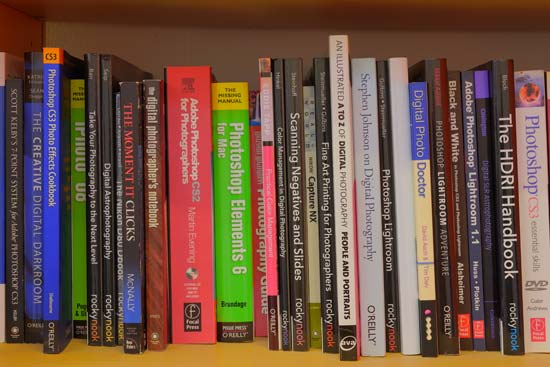 |
|
+3 EV |
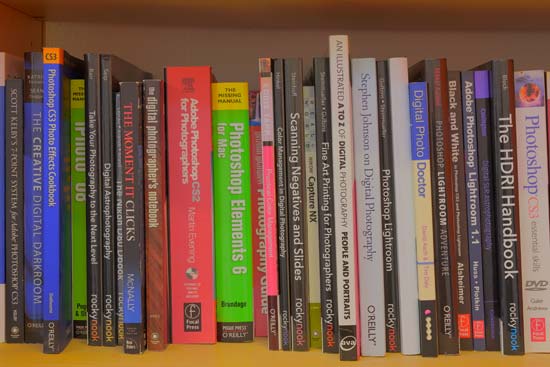 |
Long Exposures
The Sigma fp L can shoot long exposures up to 30 seconds long in the Shutter Priority or Manual shooting modes, and there’s a Bulb setting for even longer exposures.

Sample Images
This is a selection of sample images from the Sigma fp L camera, which were all taken using the 61 megapixel Fine JPEG setting. The thumbnails below link to the full-sized versions, which have not been altered in any way.
Sample RAW Images
The Sigma fp L enables users to capture RAW and JPEG format files. We’ve provided some Sigma RAW (DNG) samples for you to download (thumbnail images shown below are not 100% representative).
Sample Movies & Video
This is a sample movie at the quality setting of 3840×2160 pixels at 30 frames per second. Please note that this 18 second movie is 942Mb in size.
This is a sample movie at the quality setting of 1920×1080 pixels at 120 frames per second. Please note that this 16 second movie is 837Mb in size.
Product Images



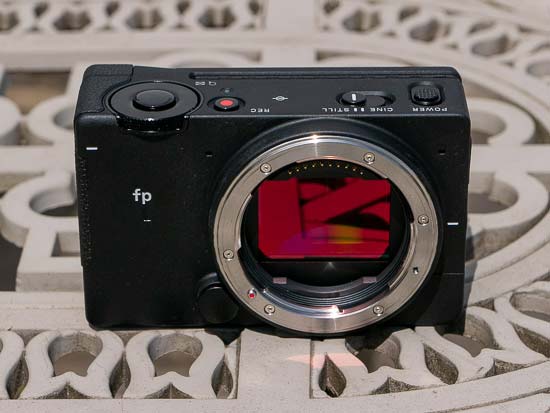
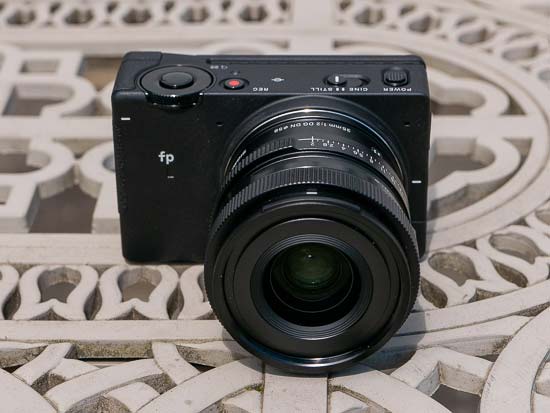




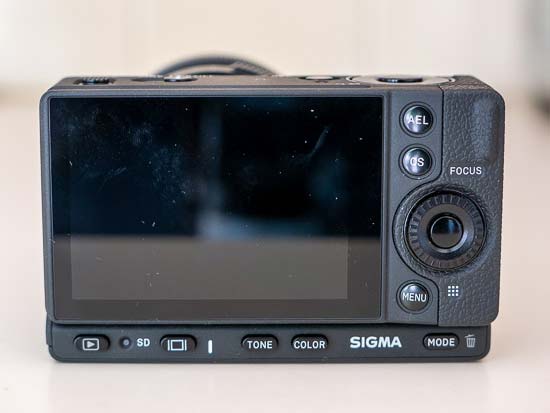


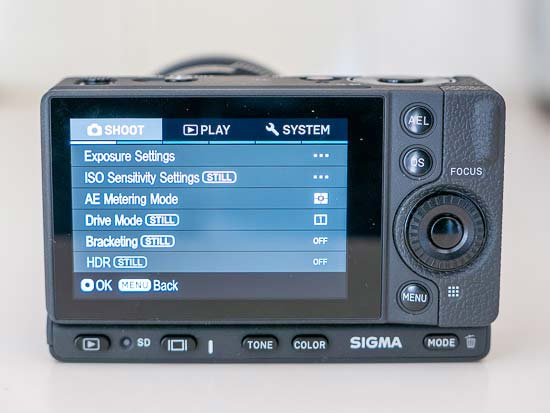
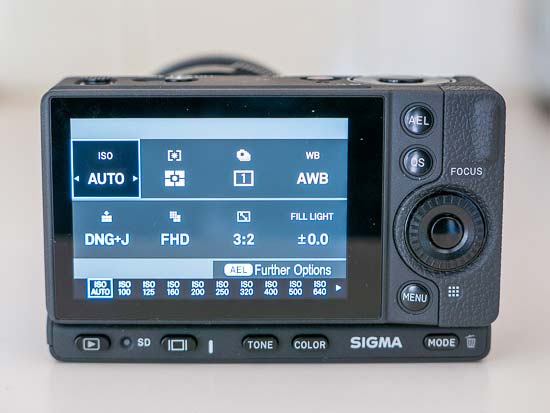
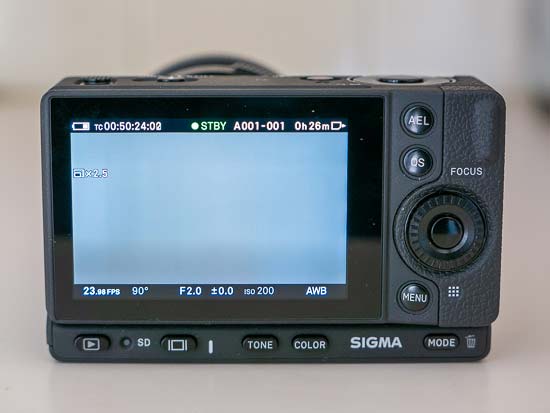
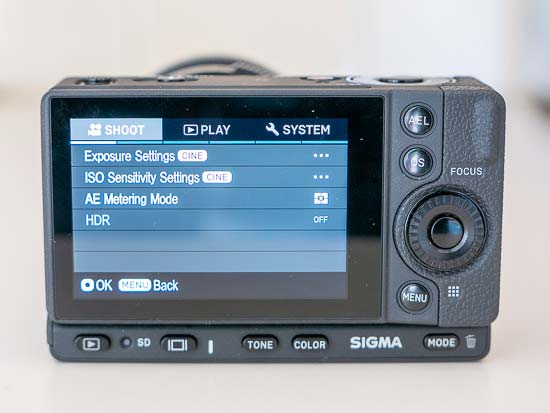
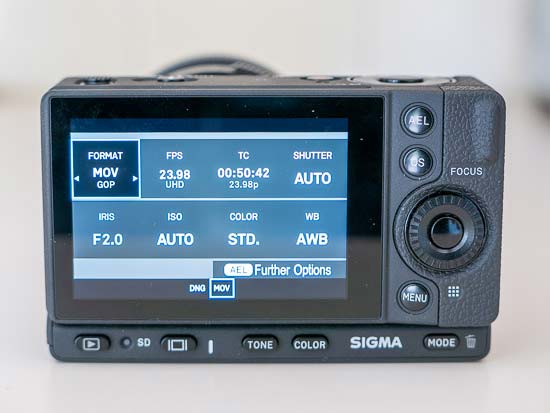
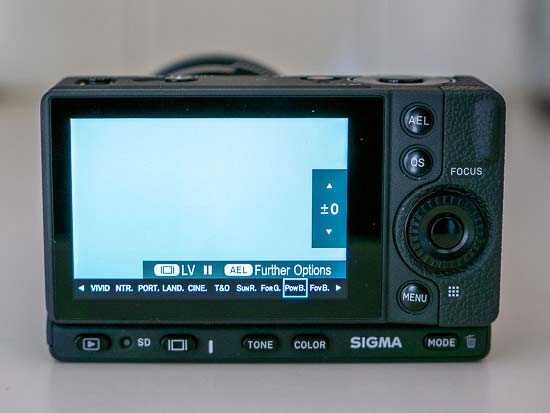
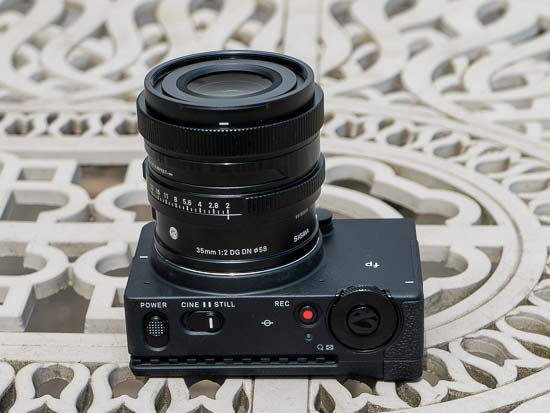
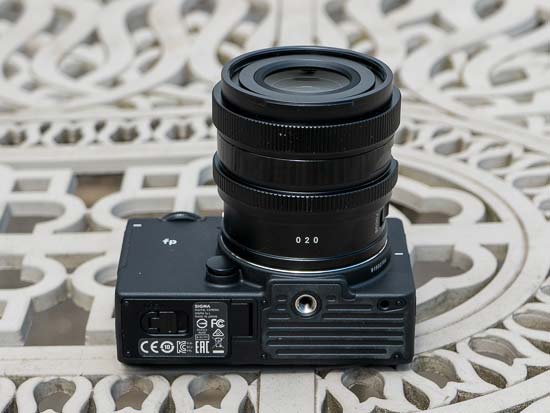
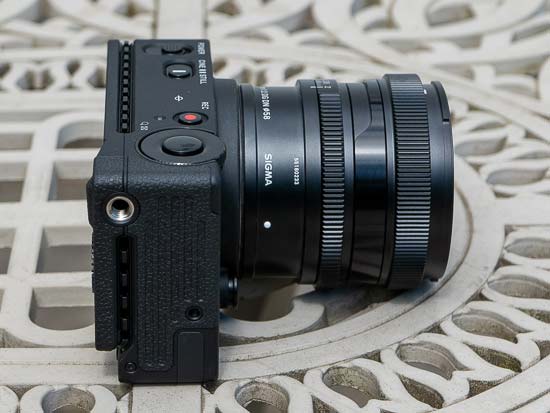
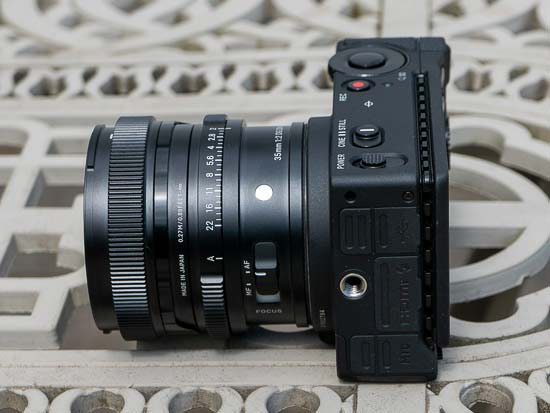
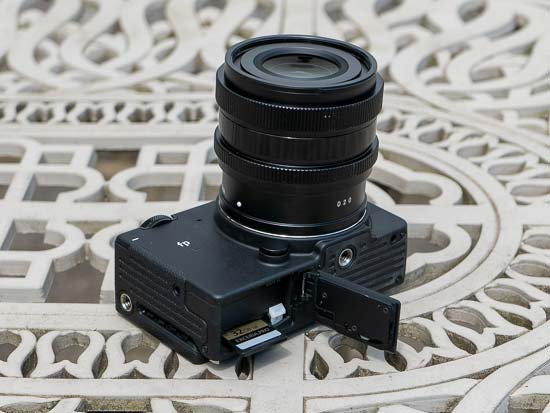
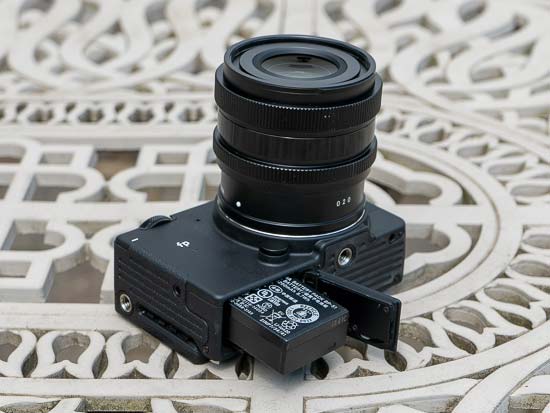
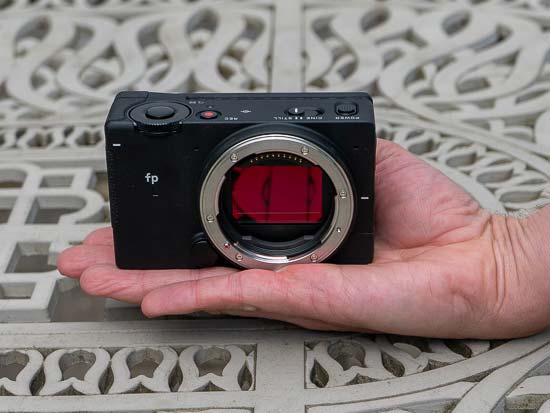
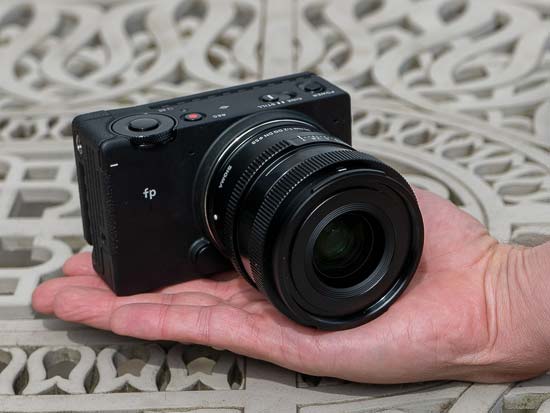

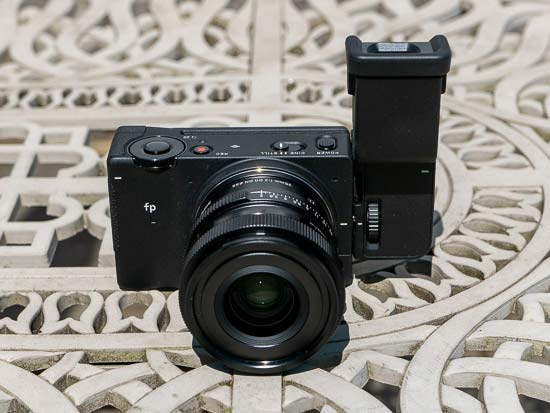
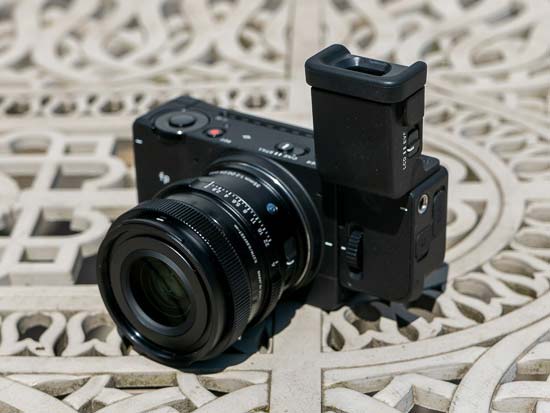
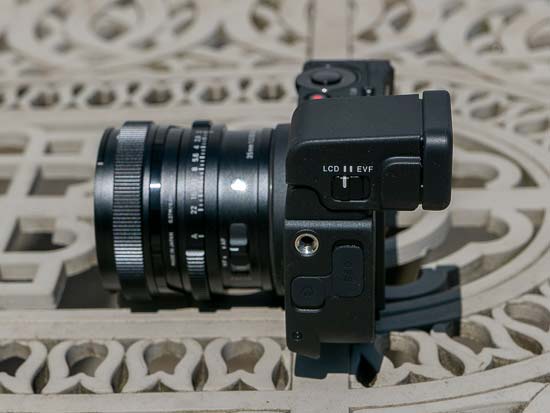
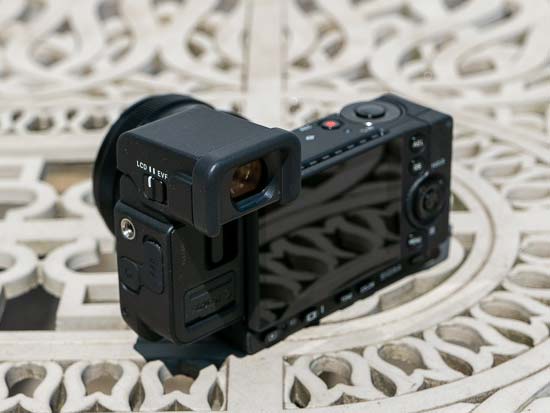
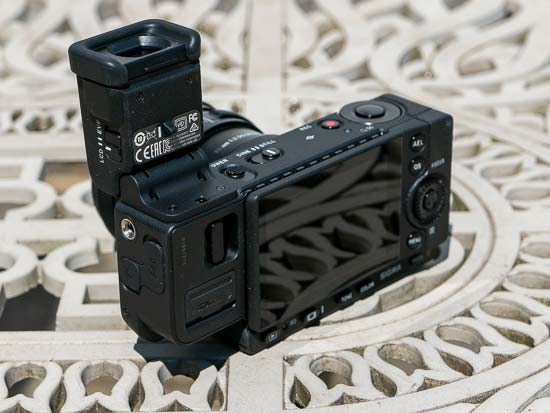


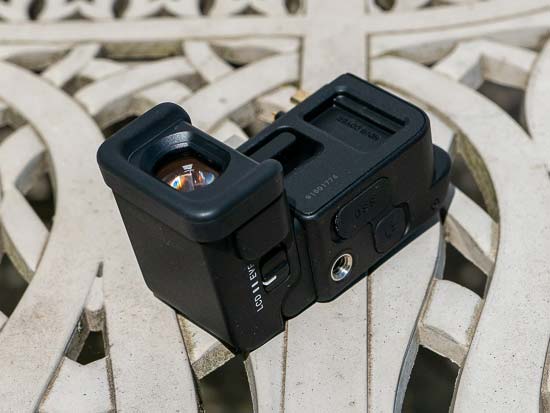
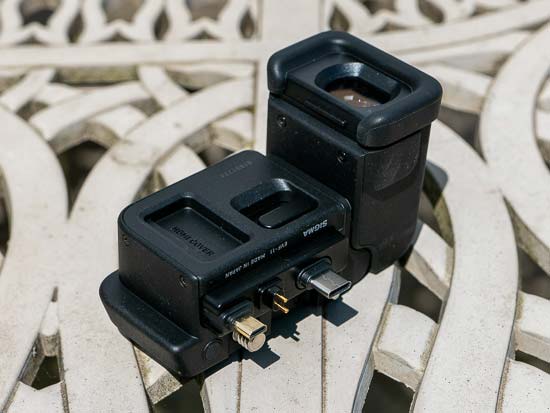
Conclusion
Sigma have decided to spread the wings of the fledgling fp camera series with the launch of the high-resolution fp L.
With its 61 megapixel sensor that’s almost certainly inherited from the Sony Alpha A7R IV, this new camera broadens the appeal of the fp series to include landscape and studio photographers, in addition to the videographers that the first-generation, 24 megapixel fp model mostly catered for.
A very happy consequence of the new sensor is the much improved hybrid auto-focusing that’s streets ahead of the rather slow, often unreliable, purely contrast-based system on the original fp.
The large number of megapixels on offer have also directly resulted in the implementation of the brand new Crop Zoom function, which provides a narrower field of view in-camera with no negative effect on image quality for both stills and video.
It has had an adverse effect on the burst shooting speed, although 10fps is not to be sniffed at on a 61 megapixel camera. As on the original, he 12 frame buffer does rather limit this feature.
Other than the sensor, USB charging is the only main improvement that has been made to the hardware, and it’s a very welcome one on a camera that is likely to be used out on location a lot.
Many people will have perhaps been more excited about the new EVF-11 electronic viewfinder than the fp L, but we’re not quite so sure after actually using it.
With no hotshoe to slot into, Sigma have thought out of the box and designed a high-quality EVF that attaches in three places to the side of the camera, whilst also cleverly providing a 3.5mm headphone jack which the camera body notably lacks and also a USB-C port for use with an external SSD.
Fitting the otherwise excellent EVF-11 is a bit of a faff, though, so much so that we wouldn’t take it on and off on a regular basis. It also adds quite a lot of weight and bulk to what is a very small camera, and it’s very pricey too, adding another £450 / $500 to the cost of the fp / fp L.
Going back to the fp L itself, it’s great to see Sigma quickly following-up the original fp with another model that is clearly designed to broaden the appeal of the series to photographers as well as videographers – it’s surely no coincidence that they launched the EVF-11 alongside the fp L.
On the other hand, it still suffers from some notable issues that plagued the fp, namely very poor battery life (although you can now get round this by utilising USB-C charging), no built-in handgrip, slow flash sync speed, limited touchscreen functionality, and feeling unbalanced when using any moderately sized lens.
Also, with the EVF-11 bought and installed, the Sigma fp L is almost as big and expensive as the Sony A7R IV that it borrows its 61 megapixel sensor from – we know which of those two cameras we’d pick (and it isn’t the Sigma).
Overall, there’s a lot to like about the new Sigma fp L, but as with the original version, it remains a rather niche camera despite Sigma’s best efforts to broaden its appeal.
| Ratings (out of 5) | |
|---|---|
| Design | 4 |
| Features | 4.5 |
| Ease-of-use | 3.5 |
| Image quality | 5 |
| Value for money | 3.5 |
Main Rivals
Listed below are some of the rivals of the Sigma fp L.
The EOS R5 has been the hottest full-frame camera on the block ever since Canon pre-announced it back at the start of 2020, thanks to its headline grabbing twin features of a 45 megapixel sensor and 8K video recording. We’ve seen it a few times since then, but now we can finally bring you our final Canon R5 review, complete with full-size sample photos and videos!
The EOS R6 is the best ever Canon mirrorless camera – there, we said it! If you want to find out why, carry on reading our in-depth Canon EOS R6 review, complete with full-size sample photos and videos.
The Leica SL2 is a new mirrorless camera for professionals, offering a 47 megapixel full-frame sensor, 4K/60p video recording, 20fps burst shooting, a class-leading EVF, fast auto-focusing and a 3.2-inch touchscreen. Read our in-depth Leica SL2 review now to find out what this £5,300 / $5,995 camera is capable of…
The Nikon Z6 II mirrorless camera is an evolutionary upgrade of the original Z6, principally improving the autofocusing, buffer and video and adding a second memory card slot. Is this enough to compete with its main rivals? Find out now by reading our in-depth Nikon Z6 II review, complete with full size sample photos and videos…
The Nikon Z7 II full-frame mirrorless camera is the 2020 update of the original Z7 model, principally improving the autofocusing, buffer and video and adding a second memory card slot. Are these changes enough for it to compete with its main rivals like the Sony A7R IV and the Canon EOS R5? Find out now by reading our in-depth Nikon Z7 II review, complete with full size sample photos and videos…
The Panasonic S5 is a brand new hybrid full-frame mirrorless camera that’s equally as capable at shooting both stills and video. In an ever more crowded market, does the Lumix S5 offer enough to stand out against the likes of the Sony A7 III, Canon EOS R and Nikon Z6? Read our in-depth review of the Panasonic S5 to find out, complete with full-size sample photos and videos.
The Sigma fp is a brand new full-frame mirrorless camera that’s been designed to appeal to both film-makers and stills photographers. Can this tiny camera really satisfy the specific needs of both types of user? Find out out now by reading our in-depth Sigma fp review, complete with full-size sample JPEG and Raw images and videos.
The Sony Alpha 1 camera, or Sony A1 for short, is the best camera that Sony have ever released, and currently the best all-round camera on the market. It’s also one of the most expensive, so read our in-depth Sony A1 review complete with full-size sample JPEG and Raw photos and movies to find out if it’s truly the One for you…
Sony are attempting to turn the camera world on its head by creating a new 35mm full-frame camera that’s the same size and weight as one with a smaller APS-C sensor. Have they succeeded with the new Sony A7C, and is it a great camera in its own right? Find out now by reading our Sony A7C review complete with full-size sample photos and videos.
Traditionally, you’d have to make a tough choice between resolution and speed when it comes to high-end cameras, but with the new flagship A7R IV mirrorless model, Sony are attempting to offer the best of both worlds. Can it really succeed as a camera that suits all kinds of photographers? Read our in-depth Sony A7R IV review to find out…
It’s been 5 long years since its popular predecessor was launched, but now the new Sony A7S III full-frame mirrorless camera is finally with us! Is this the most capable hybrid 4K video camera available today? Find out now by reading our in-depth Sony Alpha 7S III review, complete with full-size photos and videos for you to download and evaluate…
Review Roundup
Reviews of the Sigma fp L from around the web.
The Sigma fp L pushes the limits of tech with a 60MP full-frame sensor and an extensible design concept, but its electronic shutter readout makes it unsuitable for handheld photography.
Read the full review »
Making cameras is a tough gig. Every release demands to stand out from the crowd in some way. For the Sigma fp L, it’s turning heads by the remarkably compact size and resolution-dense full-frame sensor. Is it enough?
Read the full review »
The Sigma fp L is currently the smallest and cheapest mirrorless camera with a 61mp full-frame sensor. It has improved focus, but still remains relatively slow compared to other cameras.
Read the full review »
Specifications
Format
Interchangeable-lens Mirrorless Type Digital Camera
SD, SDHC, SDXC memory card (UHS-Ⅱ supported) , Portable SSD (USB 3.0 connection, USB bus power supported)
Image Sensor
35 mm full-frame (36.0 mm x 24.0 mm) Back-illuminated Bayer CMOS sensor
Camera Effective Pixels / Total Pixels
Approx. 61 MP / Approx. 62.4 MP
Lossless compression RAW(DNG) data 12 bit,14 bit / JPEG(Exif2.3), RAW(DNG)+JPEG:recording is possible
[21:9] / [16:9] / [3:2] / [A Size (√2:1) ] / [4:3] / [7:6] / [1:1]
File Size
9.5K:9,520 x 6,328
6.2K:6,240 x 4,144
4.8K:4,768 x 3,168
UHD:3,840 x 2,552
FHD:1,920 x 1,280
9.5K:9,520 x 4,080
6.2K:6,240 x 2,672
4.8K:4,768 x 2,040
UHD:3,840 x 1,648
FHD:1,920 x 824
9.5K:9,520 x 5,352
6.2K:6,240 x 3,512
4.8K:4,768 x 2,680
UHD:3,840 x 2,160
FHD:1,920 x 1,080
9.5K:9,520 x 6,328
6.2K:6,240 x 4,144
4.8K:4,768 x 3,168
UHD:3,840 x 2,552
FHD:1,920 x 1,280
9.5K:8,944 x 6,328
6.2K:5,856 x 4,144
4.8K:4,480 x 3,168
UHD:3,616 x 2,552
FHD:1,808 x 1,280
9.5K:8,432 x 6,328
6.2K:5,520 x 4,144
4.8K:4,224 x 3,168
UHD:3,408 x 2,552
FHD:1,696 x 1,280
9.5K:7,856 x 6,328
6.2K:5,152 x 4,144
4.8K:3,920 x 3,168
UHD:3,168 x 2,552
FHD:1,584 x 1,280
9.5K:6,328 x 6,328
6.2K:4,144 x 4,144
4.8K:3,168 x 3,168
UHD:2,552 x 2,552
FHD:1,280 x 1,280
* When a DC lens is attached, it can be used with a recording pixel count of 6.2K or less.
Crop
Equivalent to approx.1.5 to 5 times the focal length of the lens (for 35 mm cameras)
Color Space
Movie Recording Format
CinemaDNG(8 bit, 10 bit, 12 bit)/ MOV:H.264 (ALL-I, GOP)
Linear PCM (2 ch 48 kHz / 16 bit)
Record Format / Frame rate
3,840 x 2,160 (UHD 4K) / 23.98 p, 24 p, 25 p, 29.97 p
1,920 x 1,080 (FHD) / 23.98 p, 24 p, 25 p, 29.97 p, 48 p, 50 p, 59.94 p, 100 p*, 119.88 p*
* Automatic crop zoom setting is x1.67
Continuous Shooting Enable Time
Cinema DNG Memory Media Limitation
SD Card (UHS-II) : UHD 8 bit 25 p or less, FHD 12 bit 59.94 p or less
Portable SSD : UHD 12 bit 29.97 p or less, FHD 12 bit 100 p or less, FHD 8 bit 119.88 p or less
4:2:2 8 bit
12 bit RAW :External recorder record : ATOMOS Ninja V, Blackmagic Video Assist 12G supported
Linear PCM (2 ch 48 kHz/16 bit)
Record Format / Frame Rate
4,096 x 2,160 (DCI 4K) / 24 p * Only for RAW output
3,840 x 2,160 (UHD 4K) / 23.98 p, 24 p, 25 p, 29.97 p
1,920 x 1,080 (FHD) / 23.98 p, 24 p, 25 p, 29.97 p, 48 p, 50 p, 59.94 p, 100 p*, 119.88 p*
* Automatic crop zoom setting is x1.67
Focus
Image plane phase-difference AF + Contrast detection system, Single AF, Continuous AF (with moving object prediction function), Manual Focus
AF Sensitivity Range / AF Mode
-5 to 18 EV (F1.4:ISO 100) / Auto, 49-point selection mode, Free Move mode, Face/Eye Detection AF mode, Tracking AF mode
Half-press the shutter button, or press the AEL button (setting change required)
AF+MF, MF Assist, MF Guide, Focus Peaking, Release Focus Function, AF-ON, Quick AF, Pre-AF, AF during Image Magnification
Exposure Control
Evaluative, Spot, Center Weighted Average
-5 to 18 EV (50 mm F1.4:ISO 100)
Still Image Shooting Mode
(P) Program AE (Program Shift capable), (S) Shutter Speed Priority AE, (A) Aperture Priority AE, (M) Manual
(P) Program AE, (S) Shutter Angle Priority AE, (A) Aperture Priority AE, (M) Manual
ISO Sensitivity (Recommended exposure value)
[Still]
ISO 100,400
[Cine]
CinemaDNG 12 bit / HDMI RAW:ISO 100, 1250
MOV / CinemaDNG 10 bit, 8 bit, HDMI 4:2:2 8 bit:ISO 100, 250
ISO 100-25600 / Expanded sensitivity ISO 6, 12, 25, 50, 51200, 102400
±5 EV (in 1/3 stop increments) : ±3 EV at movie recording
Half-press the shutter button, or press the AEL button (setting change required)
3 shots / 5 shots stage exposure 3EV (1/3 Step, Standard→Underexposure→Overexposure) (Sequence changeable)
Image Stabilization System
Image Stabilization System(EIS)
White Balance
12 types
( Auto, Auto[Lighting Source Priority], Daylight, Shade, Overcast, Incandescent, Fluorescent, Flash, Color Temperature[50K steps], Custom 1, Custom 2, Custom 3 )
Shutter
30 to 1/8,000 sec., Bulb up to 300 sec.
Drive
Single Capture, Continuous, Self Timer (2sec. / 10sec.), Interval Timer
High Speed:approx. 10 shots/ sec., Medium Speed:approx. 5 shots/ sec., Low Speed:approx. 3 shots/ sec.
Number of Recordable Frames
DNG+J (14 bit) / 9.5K:12 frames, 6.2K:12 frames, 4.8K or less:12 frames
DNG+J (12 bit) , DNG (14 bit/12 bit) / 9.5K:12 frames, 6.2K:28 frames, 4.8K or less:50 frames
JPEG / 9.5K:14 frames, 6.2K:35 frames, 4.8K or less:57 frames
Monitor
TFT color LCD, Aspect Ratio 3:2, 3.15 type, Approx. 2.1M dots , Electrostatic capacitance system touch panel / Approx. 100%
Flash (when to use external flash)
S-TTL automatic light control, Manual, Wireless flash, Multi-emission
Red-eye Reduction / Slow Synchronization, Rear Curtain Synchronization
Flash Exposure Compensation
Max. ±3 EV in 1/3EV step increments
Max. 1/15 sec.
* 1/10 sec. or less at 14 bit RAW
Available when the HOT SHOE UNIT HU-11 (supplied with this product) is mounted. * S-TTL, Wireless support, X-sync.
Color Mode
15 types
(Standard, Vivid, Neutral, Portrait, Landscape, Cinema, Teal and Orange, Sunset Red, Forest Green, Powder Blue, FOV Classic Blue, FOV Classic Yellow, Duotone, Monochrome, Off )
Director’s Viewfinder
ARRICAM / ARRIFLEX, ALEXA LF/ ALEXA Mini LF, ALEXA SXT, ALEXA Mini, AMIRA, ALEXA65, ALEXA XT
MONSTRO 8K, HELIUM 8K, DRAGON 6K, EPIC MX 5K, GEMINI 5K, KOMODO 6K
1.33:1, 1.85:1, 2.39:1, Custom 1, Custom 2
Input (Sensor Area / Aspect Ratio) , Offset, Style (4 styles) , Line (1 to 10 px) , Color (White, Black, Red, Yellow, Green, Cyan, Blue, Magenta) , Shading
Other Functions
Save / Load Settings via QR code, Screenshot, Webcam, In-camera RAW development, Still image capture from recorded movie files, Cinemagraph, Fill Light, HDR shooting (Still / Cine) , Still image shooting during movie shooting
Built-in Microphone / Speaker
Stereo microphone, Monaural speaker
Display Language
English / Japanese / German / French / Spanish / Italian / Simplified Chinese / Traditional Chinese / Korean / Russian / Dutch / Polish / Portuguese / Danish / Swedish / Norwegian / Finnish
Interface
USB3.1 GEN1 Type-C (supports Mass Stroage, Video Class(UVC), Camera Control)
Also used as an external microphone terminal
Also used as an external microphone terminal
External Microphone Terminal
Φ3.5 mm stereo mini jack (Plug-in power support)
Headphone Output Terminal
Φ3.5 mm stereo mini jack (can be connected when using the dedicated ELECTRONIC VIEWFINDER EVF-11)
Dedicated terminal (with HOT SHOE UNIT HU-11 (supplied with this product) mounted)
Dust and Splash Proof Structure
Power
Li-ion Battery Pack BP-51
* Internal battery charge via USB terminal available.
* USB power supply available.
Number of Recordable Still Images
Minutes of Recordable Continuous Shooting
Dimensions and Weight
112.6 x 69.9 x 45.3 mm / 4.4 x 2.8 x 1.8 in.
427 g / 15.1 oz.(including battery and SD card), 375 g / 13.2 oz. (Camera body only)
Operating Environment
32 – 104 °F / 0 – +40 °C
85 % or less (non-condensing)
Supplied Accessories
- Li-ion Battery Pack BP-51
- Strap
- STRAP HOLDER SH-11
- USB AC ADAPTER UAC-21
- USB CABLE (C-C) SUC-41
- HOT SHOE UNIT HU-11
- Body Cap
- Instruction Manual
- Limited Warranty
- Warranty Sticker
Optional Accessories
- HAND GRIP HG-11
- LARGE HAND GRIP HG-21
- LCD VIEWFINDER LVF-11
- ELECTRONIC VIEWFINDER EVF-11
- BASE PLATE BPL-11
- CABLE RELEASE CR-41
- BASE GRIP BG-11
- DC CONNECTOR CN-21
- BATTERY CHARGER BC-71
- AC ADAPTER SAC-7P
- STRAP HOLDER SH-11 (2pcs)
Your Comments



